This was the era of the 6th Earl of Leven, David Melville, shown in the images above. Note that this was still a time when men wore coats, waistcoats, breeches, stockings and buckled shoes (and wigs for formal occasions). The 6th Earl was born in Leven in 1722 and died in 1802 in Edinburgh. Among Ebenezer's duties as his factor were to continue the overseeing the salt works at Drummochy (where he also lived), paying and overseeing other estate workers, showing lands to let, managing sales of the produce of the estate (including sea marle, flax, salt and coal) and arranging shipping out of the 'Port of Drummochy'. He would also have collected proceeds from estate sales and kept accounts . At some point Coutts also become Bailie in Drummochy (i.e. a civilian officer who administers the law at a local level). This is mentioned in the excerpt below about his wife from the 'History of the Clan Lundy, Lundie, Lundin'. The record of their marriage is also shown below.
In 1771 Ebenezer and Magdalene's first child Robert was born in Drummochy and was baptised on 30 August 3 days after his birth. He was named after his maternal grandfather Robert Condie. His uncle Robert Lundin, a 'Sailor in Drumochy', was present at the baptism (see baptism record below). Daughter Magdalene was born in 1733 (died 1819) and then Elizabeth in 1775 (died 1794).
Ebenezer was also involved in 'flax raising' as can be seen from the list below of premiums charged to those involved in this industry across Scotland (12 Dec 1785 Caledonian Mercury). He is listed fourth from the top right along with three other Largo men. Also below is the list of those charged 'horse tax' in 1797, with Ebenezer Coutts appearing seventh on the list and as having one horse.
A silhouette image of Robert appears in his book of sermons and is shown at the foot of this post. Silhouette or profile portraiture was the popular way to recreate an image of a person before the invention and widespread use of photography. Robert left behind a wife (Janet McCulloch, daughter of a Dairsie minister) and an infant son named Ebenezer. Six months after his death, his daughter Magdalene was born. Sadly his young son died in 1805, aged 3 years, at Dairsie Manse. His daughter survived into adulthood but died young, like her father, of consumption. A section from the sketch of Robert's life confirms that both root and branches of the Coutts family were now ended.
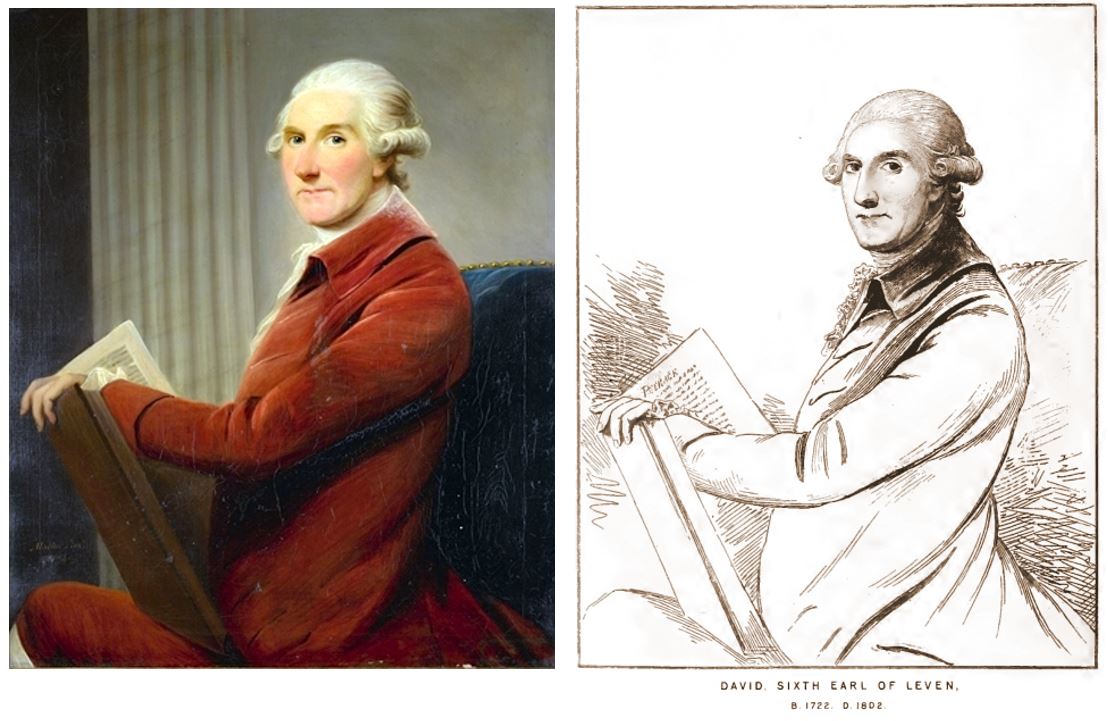




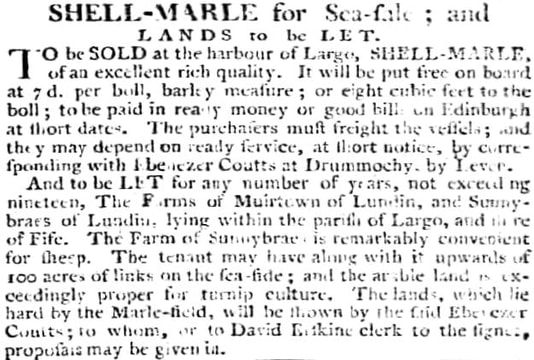
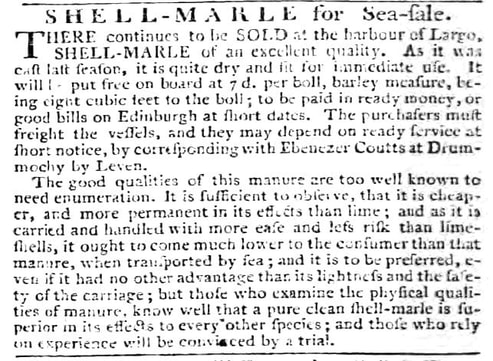
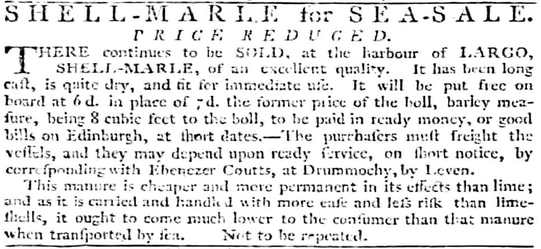
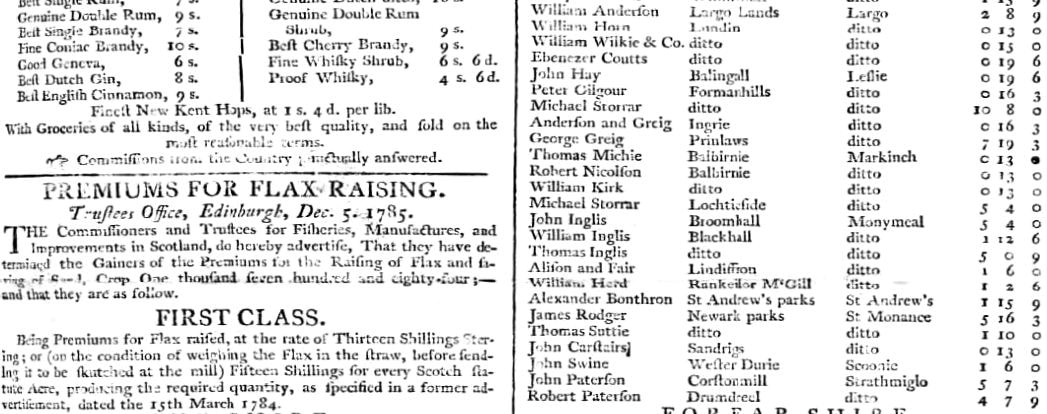
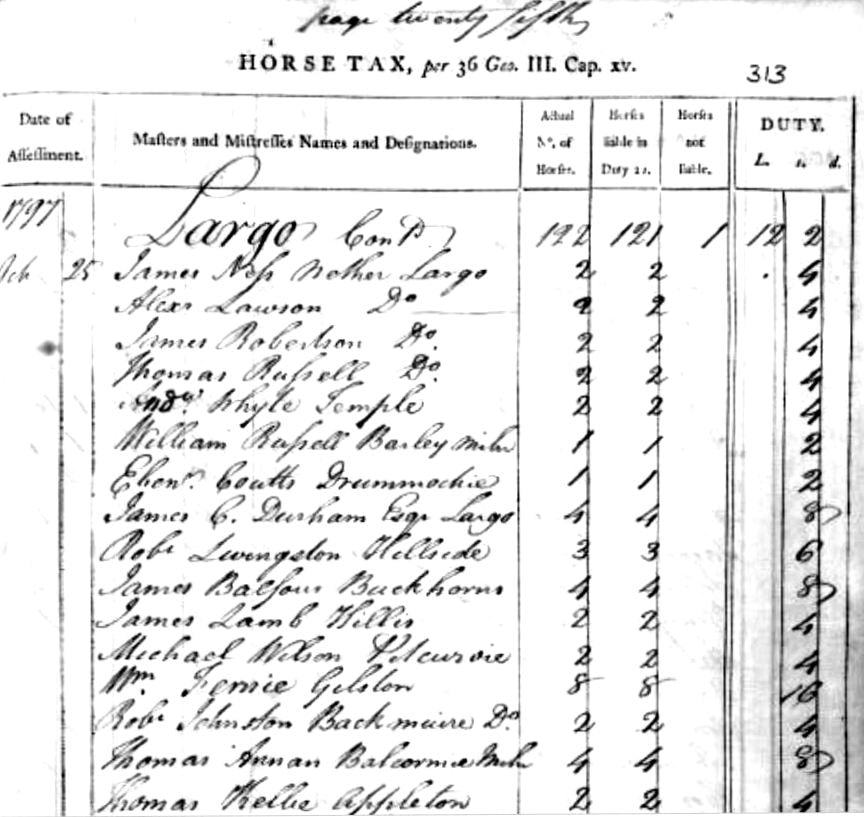
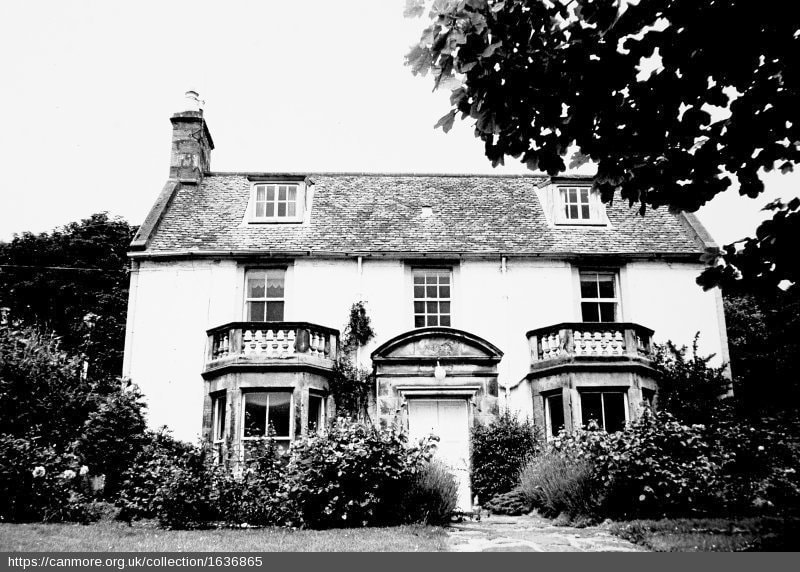
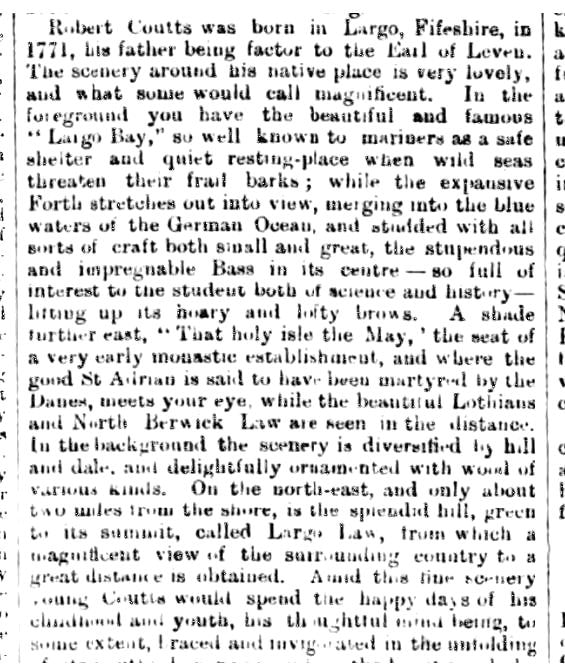
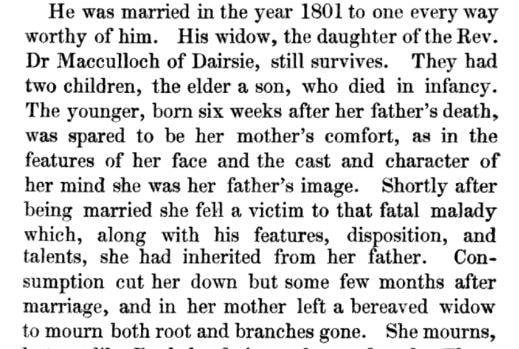
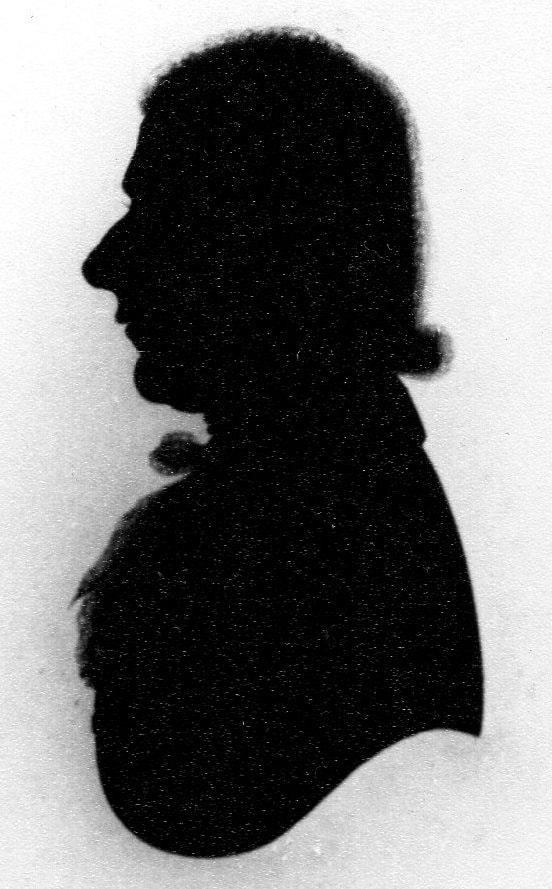
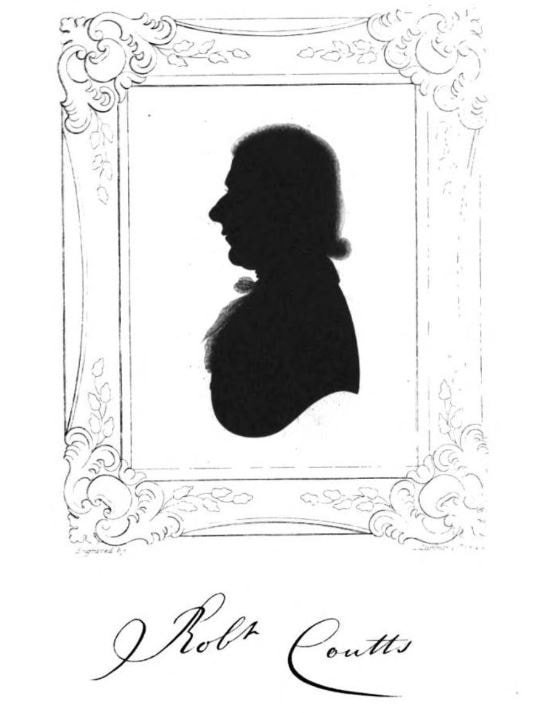
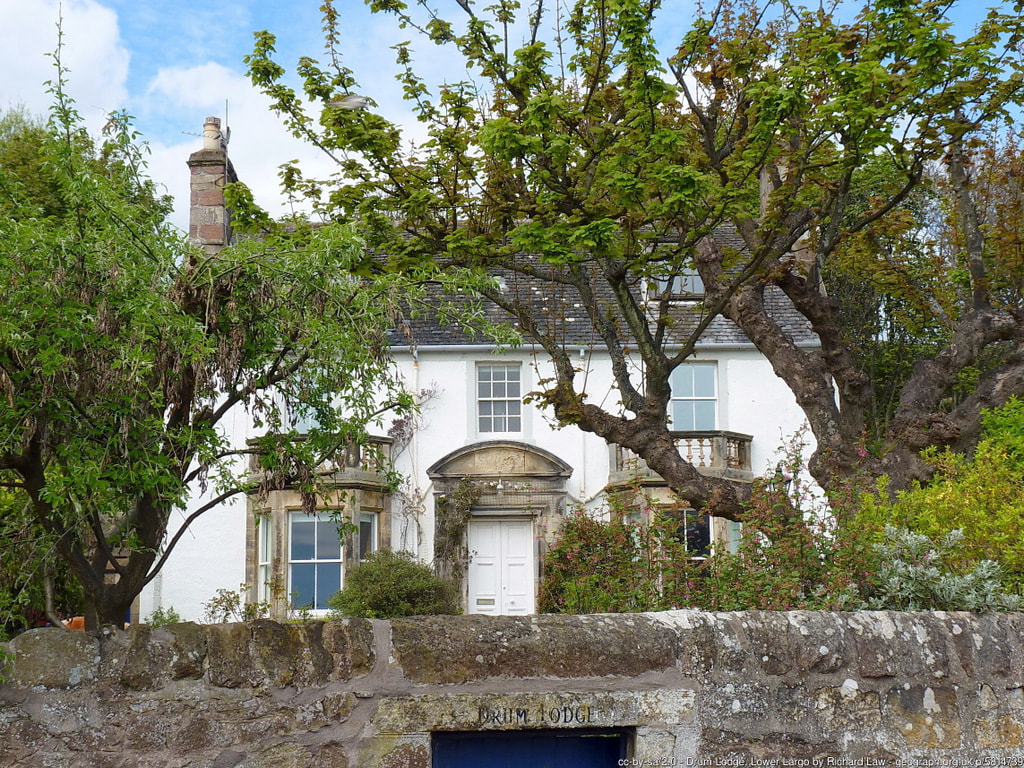
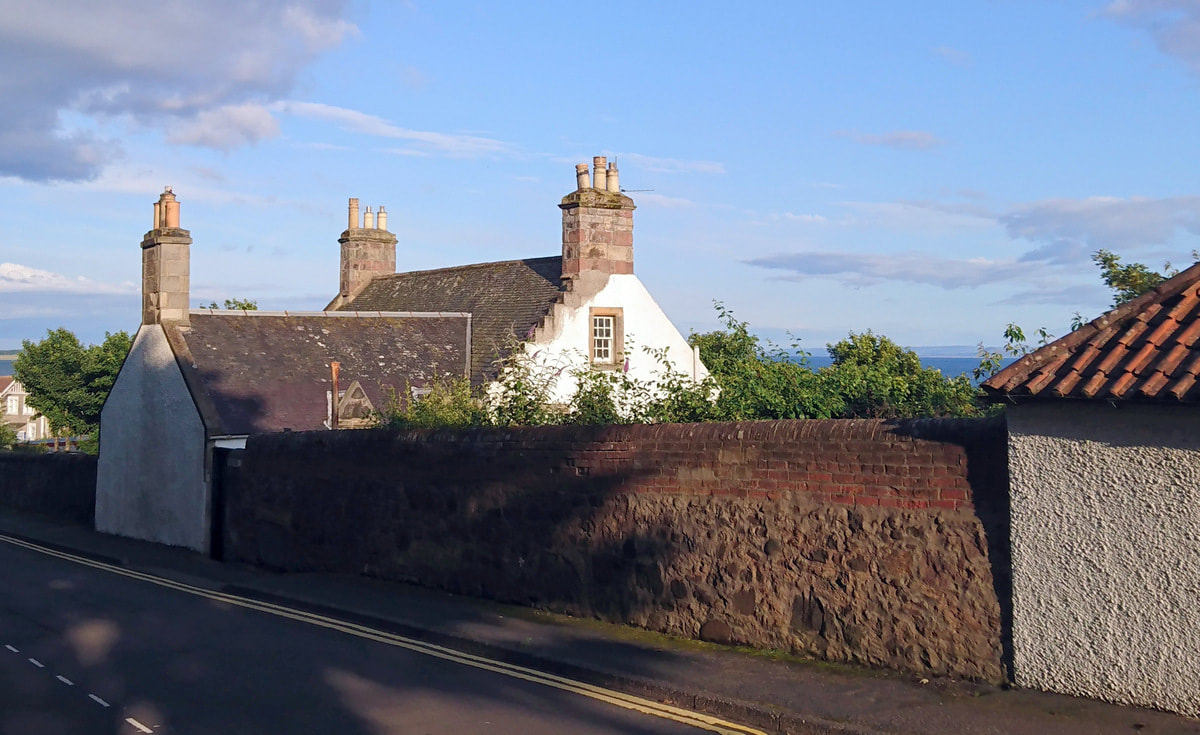
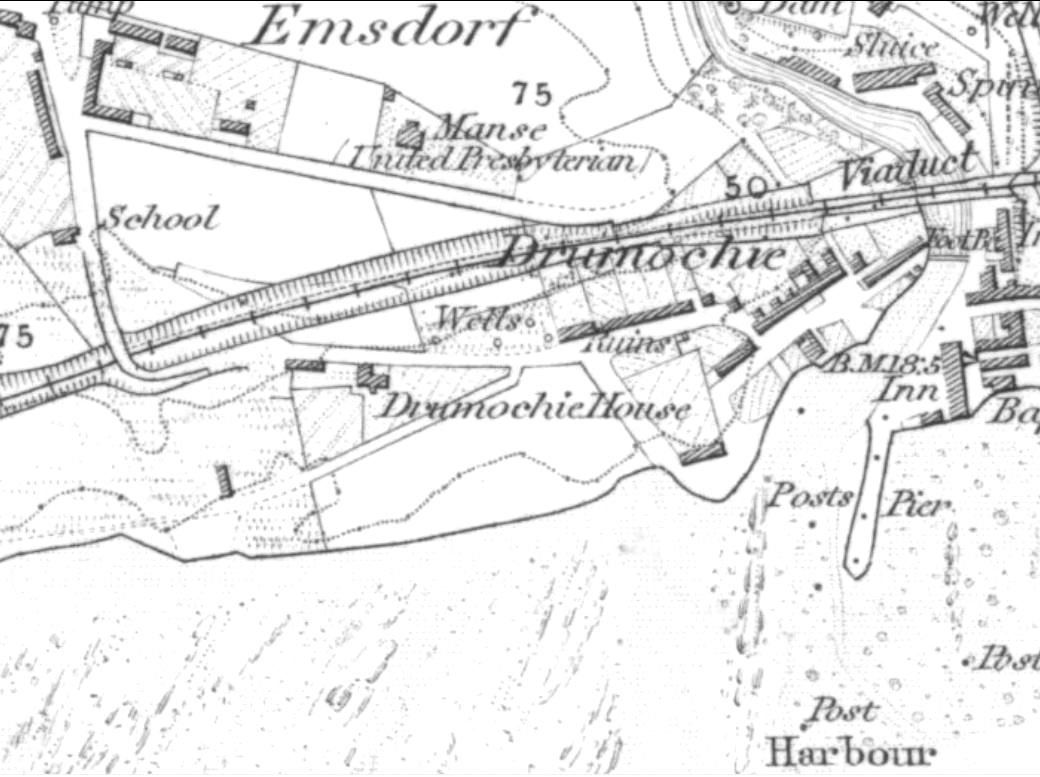
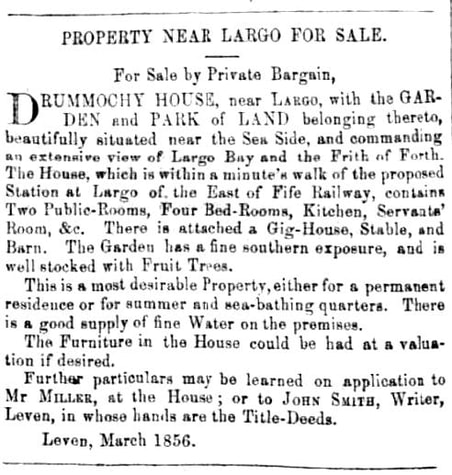
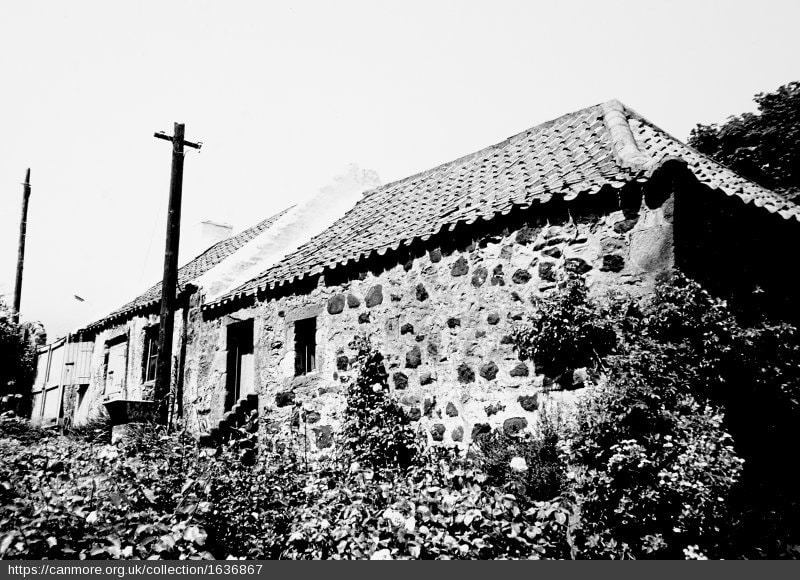
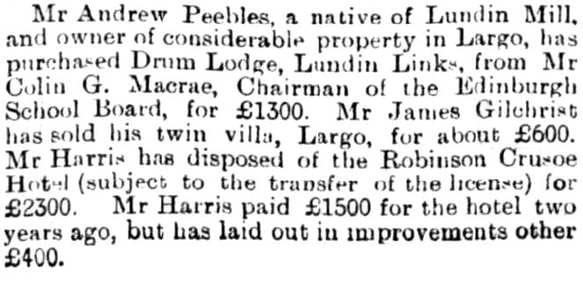
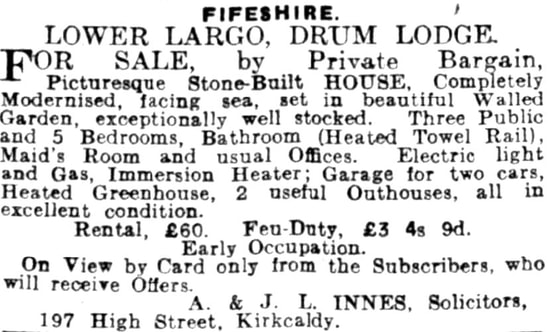
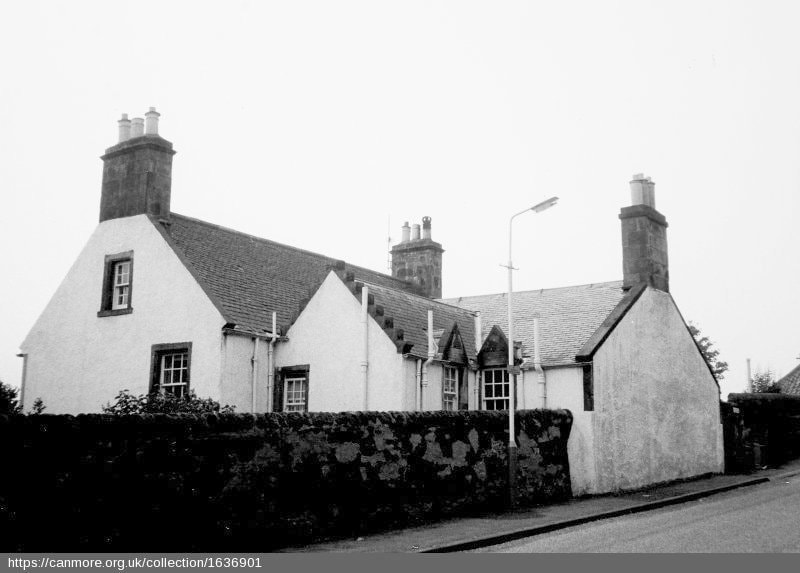
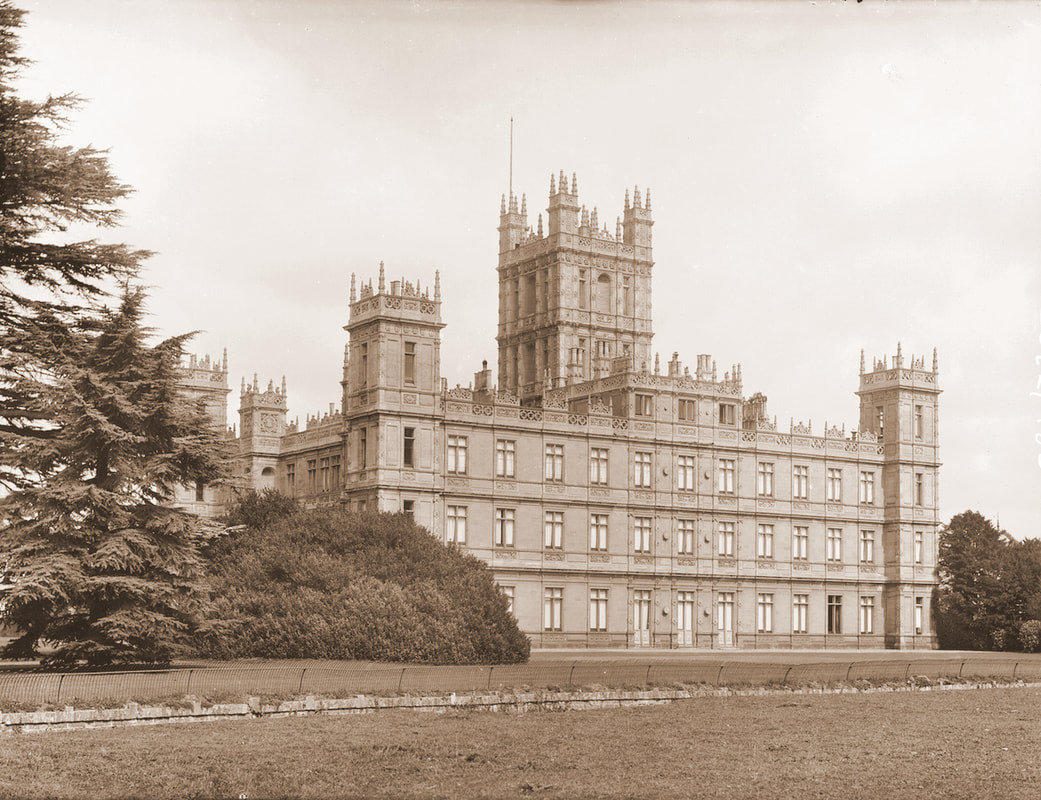

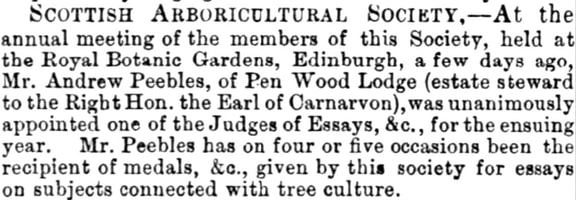

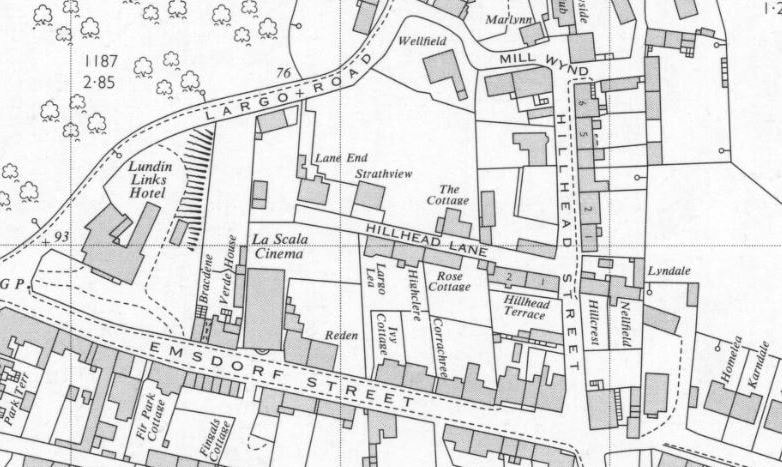
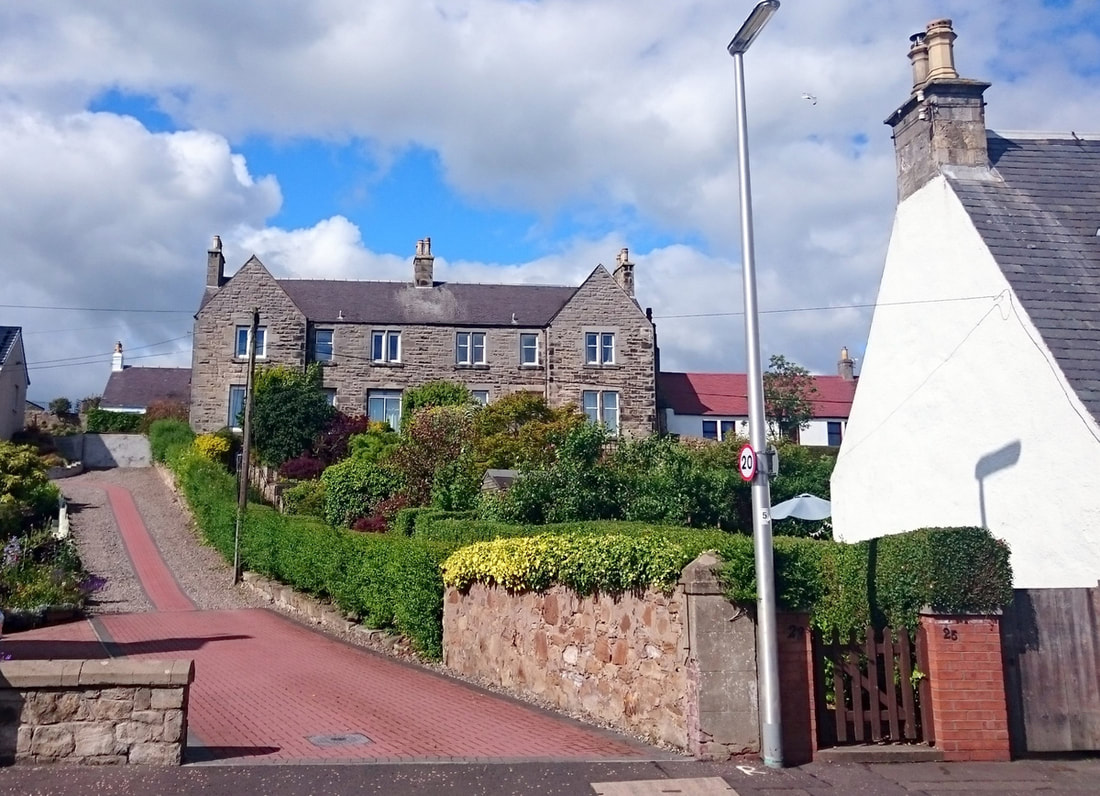

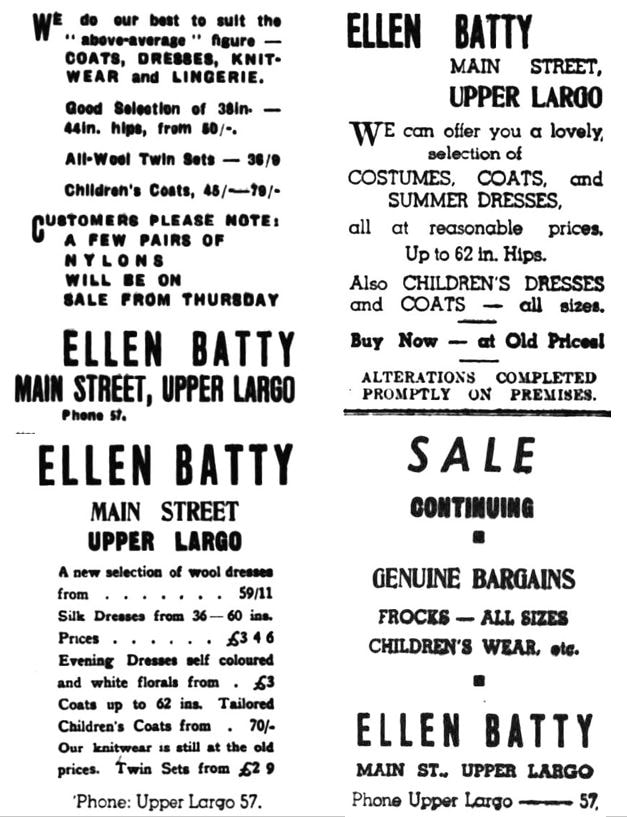


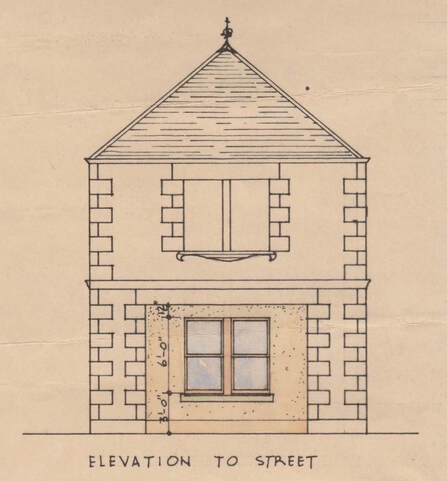
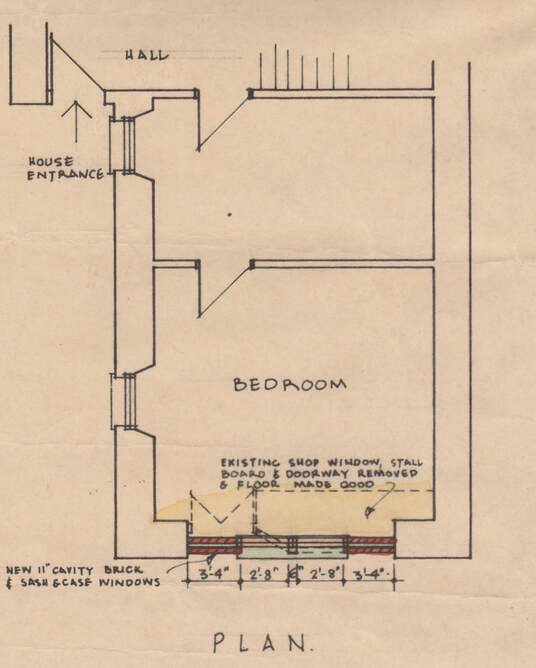


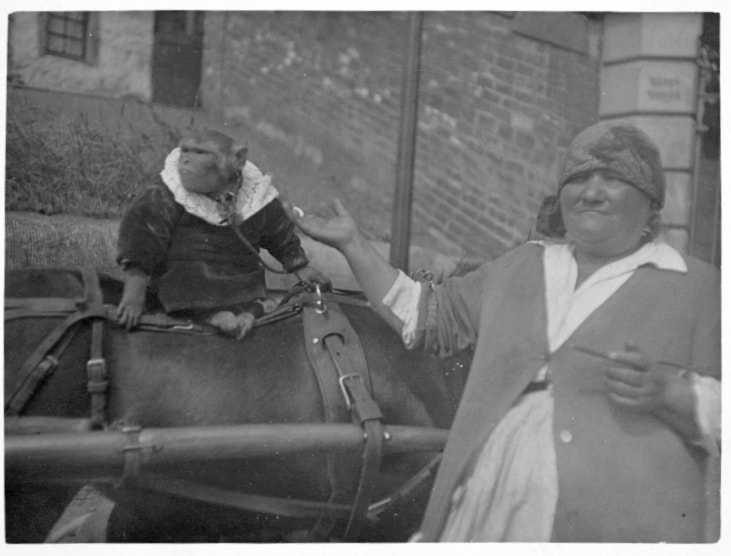
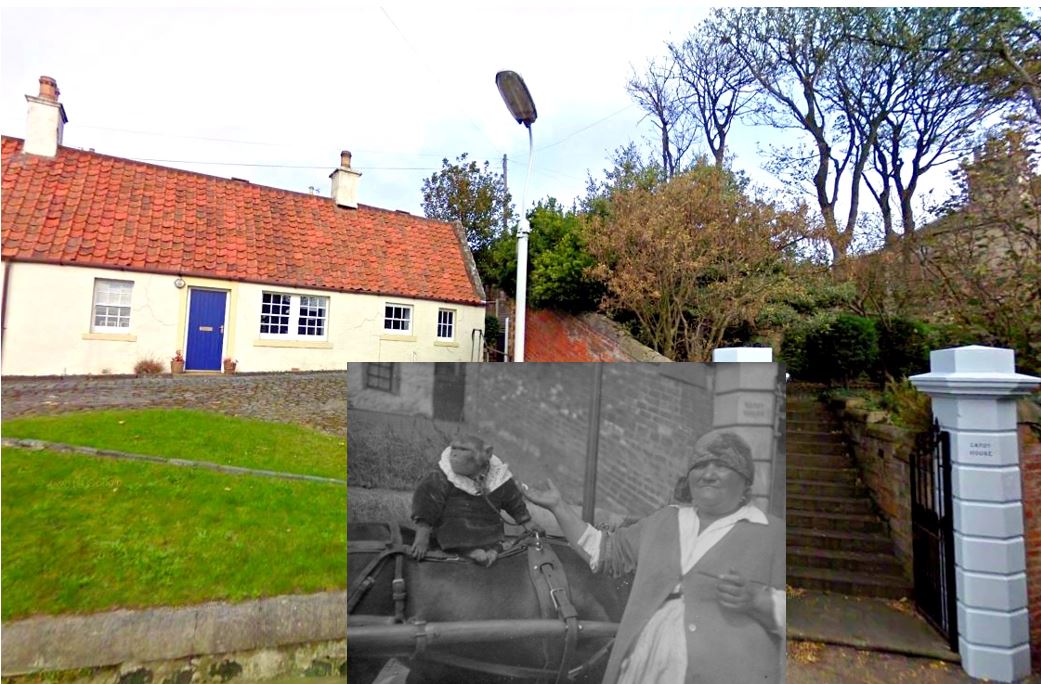
 RSS Feed
RSS Feed
